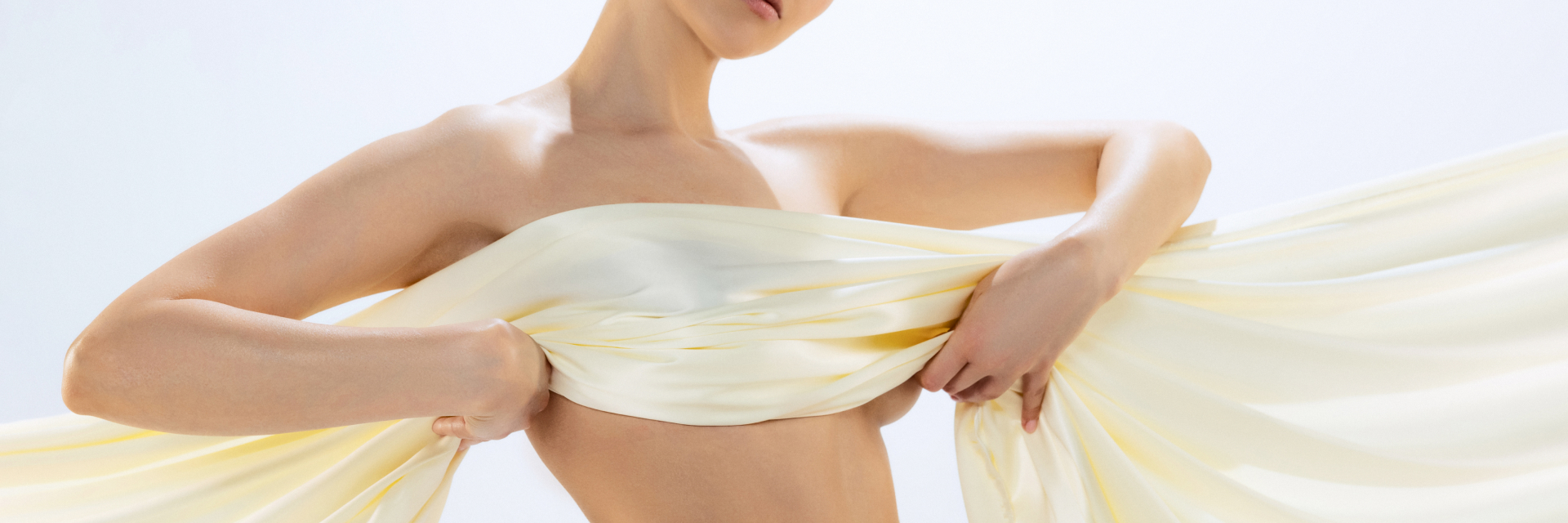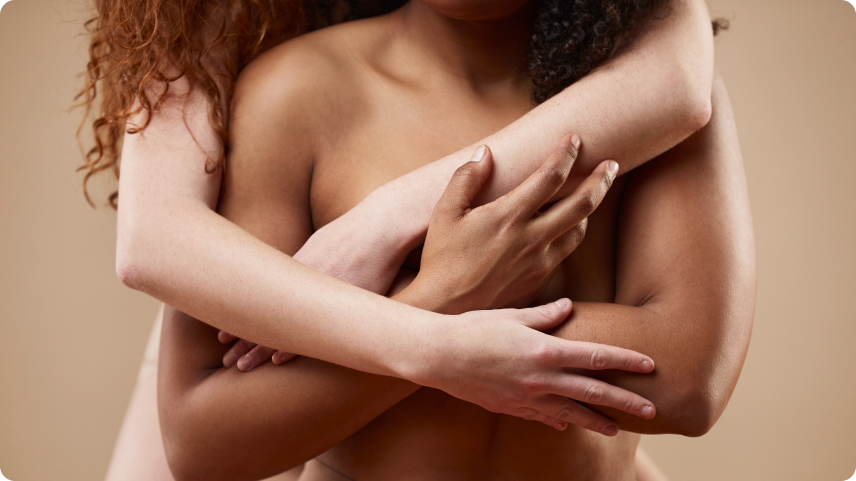October is Pink, or the month dedicated to Breast Cancer Awareness. With 12% of women in the US being affected, it’s one of the most prevalent forms of cancer for women. But it’s not only women who get it – men do too, although at a lower percentage1. During October it’s more important than ever to raise awareness of the disease and its risk factors. To do so, we’ve assembled 5 common questions about it and answered them.
Question 1: How does breast cancer arise?
Tissues, like breast tissue, are made of lots of cells. Our cells work tirelessly to carry out all the processes and functions in them. Sometimes, something in the cell goes wrong, and damaged cells don’t die off or some cells start dividing and forming new cells when it’s not needed. If this happens, a tumor is formed, which is typically felt as a lump. Malignant tumors will give rise to the condition2.
Question 2: What can raise your chances of getting it?
Multiple things affect the likelihood of this condition, and they can be broken down into two main groups: controllable things and things out of your control3.
In terms of things you can’t change, the factors include:
- Your age
- Your family history and any mutations you carry
- The age at which you start and stop menstruating
- Having more connective tissue in the breast makes it harder to pick up on tumors
In terms of things you can address, the risk factors include:
- Activity levels, including exercise frequency
- Whether you keep a healthy weight and what you eat
- Whether you’re exposed to additional hormones through treatments or certain contraception
- Alcohol usage
Question 3: Can I do something about the risk?
Yes! Since lifestyle factors play a role, the good news is that you have the power to make changes that will benefit your health. Don’t worry about implementing them all at once – work at them a little at a time to ensure they entirely stick.
Here are some changes you can make4:
- Staying a healthy weight can lower risks of breast cancer, and also 12 other types of the disease. For tips on losing weight, such as how to find a nutritional plan or how sleep impacts your weight check out our Knowledge Centre.
- Have a healthy diet – a healthy diet should be balanced and contain plenty of micronutrients. For some breast health superfoods to add to your diet, check out our post here.
- Stay active – get your blood pumping regularly, whether in the gym, playing a sport or just being active at home or in your job.
- For those with kids, breastfeed where you can.
Question 4: What are self-exams, and how do I do one?
Since tumors can be felt as lumps, it’s important to regularly check for their presence using a self-exam. You will be able to find it early at treat it quickly. Doing a self-exam is quite easy – all you have to do is check for novel differences in your breasts in multiple positions. Watch out for changes in shape, color, size, swelling, redness, or change in nipple position5.
Here’s how to get started according to Breastcancer.org:
- Put your hands on your hips, and inspect your breasts.
- Raise your arms and do the same.
- Check nothing is leaking from your nipples.
- Feel for lumps or abnormalities while lying down with a few fingers together. Ensure you’re thorough.
- Stand up or sit up and feel for lumps again.
- You’re all done!
Self-exams can be helpful but do make sure to get exams done by the doctor as well.
Question 5: What are mammograms, and do I need one?
Doctors can detect the presence of lumps in the breast, using an x-ray, called a mammogram. This is usually done every two years for those aged 50-75, and occasionally for those aged 40-49, but that’s generally after a recommendation from a doctor6. They are a great tool if you don’t have symptoms, as they can help find them early, especially if you can’t feel the lumps7.
If you’re younger than that, you might instead choose to do a breast ultrasound. It’s just like any other ultrasounds you might have done, where a doctor will move a wand around the tissue8. They’re not typically done as a screening method but can be used additionally to see any changes.
The waters of breast health can be muddy or confusing; however, we hope that these questions and answers will help you understand the condition and how to lower your chances of getting it. With a few lifestyle changes and regular checks, you can do your part in keeping your breast tissue healthy. This October, help educate yourself and your community about this important condition.






